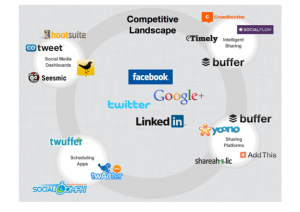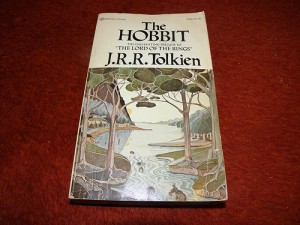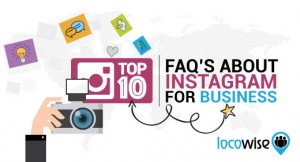Earlier this month I wrote about ways to determine whether you’re truly doing integrated marketing communications, or IMC. Everyone is doing integrated marketing in some way or another. It’s always a struggle, however, to determine where your priorities lie in terms of really diving into the practice.
I thought it would be fitting to end the month with the IMCReportCard. The IMC Report Card is a tool I created to help my clients and others figure out how to prioritize their strategies and tactics. It’s a simple way to objectively review where you stand regarding the components that make up the critical success factors for IMC. Here’s a quick primer to help you “grade” your brand or organization (or someone else’s) on their IMC proficiency.
The first questions ask about messaging. You must have a consistent message, but it also needs to be translated for every messaging channel. Do you see a lot of disparate, beautifully worded messages? That means the team was more focused on wordsmithing than on conveying simple ideas of what the brand does, why it does it, and for whom it does it. Sometimes the message is written so beautifully it doesn’t resonate with the target audience. If you’re selling to moms, are you talking to moms in a way that appeals to them? Or are you talking like an industry insider? These are all the kinds of questions I think about when I’m reviewing a company’s messaging.
Next, does it look like the company or brand understands how their customers buy? In other words, am I led down a path that clearly leads to a commitment or conversion when I go to social media, or the website, or any earned or owned media for that matter? Am I directed at all by the messaging?
Is there a consistency of creative strategy across the different channels as well? You’d be surprised how often the channel seems to dictate the look and feel of the creative. You can really see how many organizations have siloed their efforts (and their agencies) so that public relations, social media, advertising, direct marketing and others have absolutely no cohesion. Not to mention the website. IMC campaigns require a persistent and consistent message, as well as creative strategy, so that no matter where you meet the brand you feel as though you already know them.
We’re not only trying to talk to our audiences in a way they can understand, we also need to make sure we are meeting them where they like to get their information. This also goes to understanding the buying cycle, but more importantly we need to know how our customers absorb content. Is the brand on Facebook because it’s easier and “everybody needs a Facebook page” or is it truly where their audience hangs out? These are good questions to ask, as IMC requires a much more in-depth knowledge of the customer.
Again to the buying cycle, when were the sales promotions introduced? In most cases, they are introduced TOO SOON. IMC requires a slow build to a relationship and many tiny conversions along the way. It’s simple, but it’s not easy. The components need to be synchronized so that tactics are building off each other, and the customer is led down a glorious path to the final important “buy”.
I know a company is doing IMC well when customers begin to echo the messaging in unplanned ways. When I see comments on social media that include specific messages, including keywords and phrases, I know I’ve done my job. It goes so much farther than hashtags folks…we want our customers to say what we’ve been telling them, yet in their own unique way.
That’s a quick primer. Here’s a download to the tool: IMCReportCard
If you would like to read this post on the author’s blog please visit the site here.
(253)
Report Post






